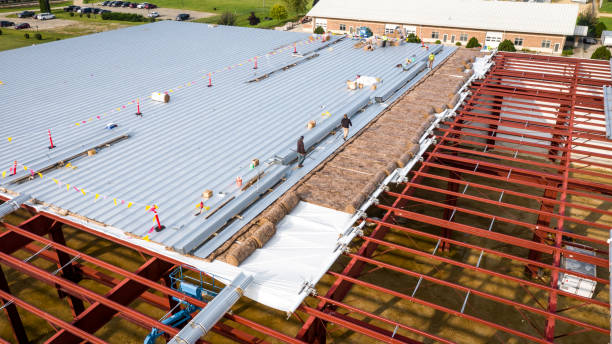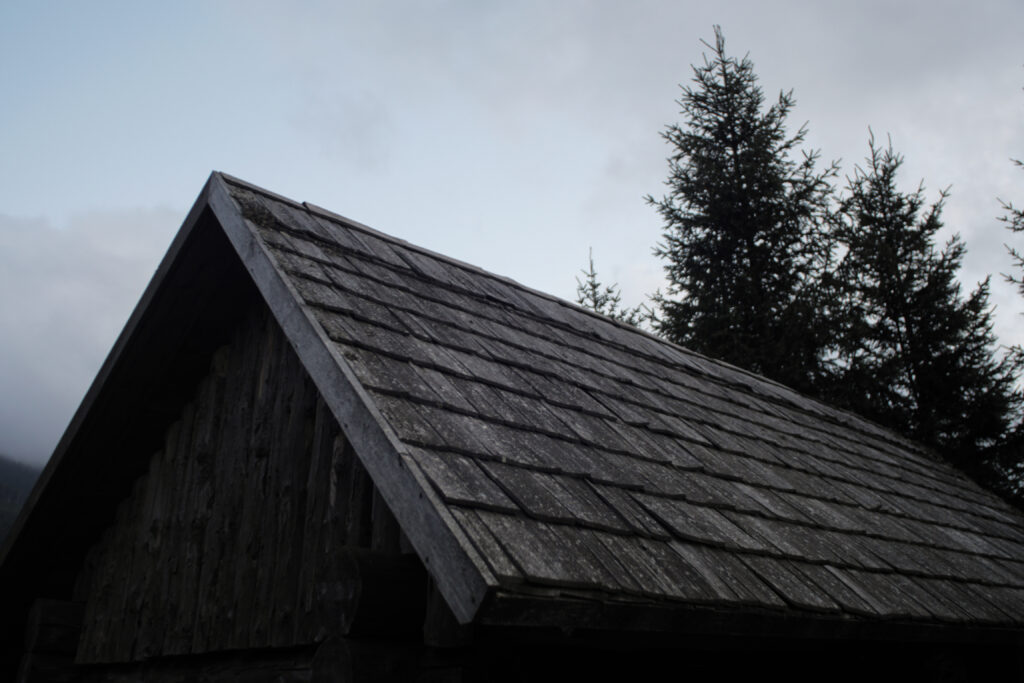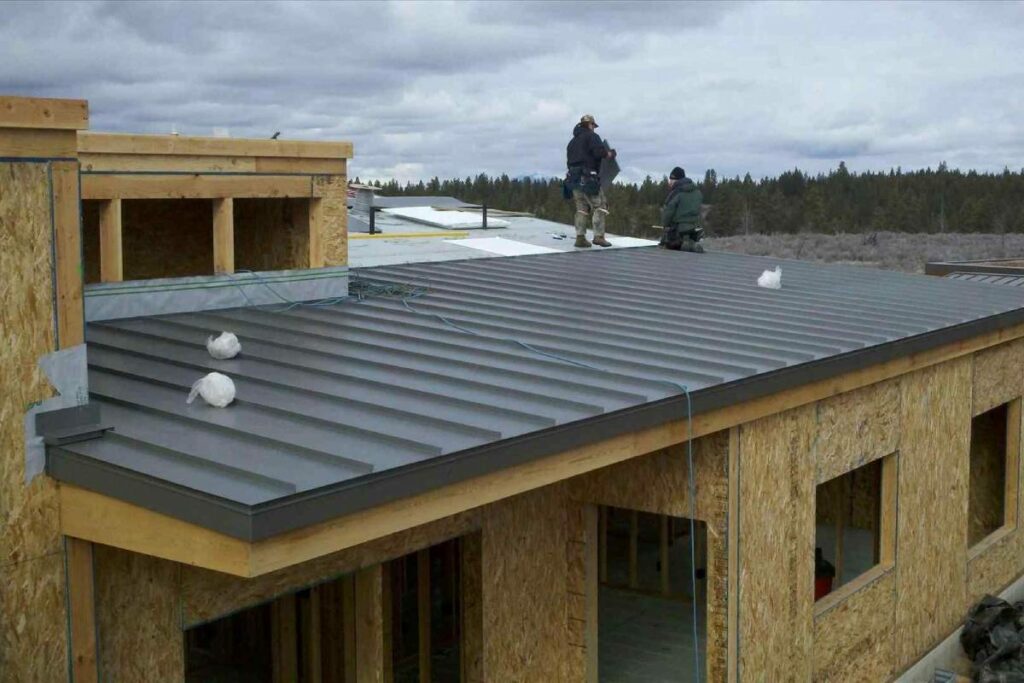TPO roofing is one of the fastest-growing trends in commercial roofing solutions. Thermoplastic polyolefin roofing is a single-ply roofing membrane ideal for flat roofs in commercial and industrial settings. The white flat roof membrane reflects more heat, making it an ideal choice for maintaining cooler indoor temperatures. A preferred choice for flat roofs or low slopes, TPO roofing contractors ensure proper installation of this environmentally friendly membrane. An ideal UV-resistant roofing system, TPO is an energy-efficient and low-maintenance option. 6D Roofing LLC provides a wide range of roofing solutions tailored to meet both commercial and residential needs.
Peeking into The World of TPO Roofing
Not sure about the proper roofing option for your garage or covered patio? Are you a business owner searching for energy-efficient, low-cost alternatives for your roofing? Thermoplastic polyolefin roofing is budget-friendly and a valued roofing product for flat or low-slope roofs. A commercial roofing solution, TPO roofing is a popular choice for building owners and contractors due to its unique cool roofing properties.
| Did you know?TPO roofing is inherently puncture-resistant, for low maintenance. |
Read below to gain insights about TPO roofing.
What is TPO Roofing?
TPO is a single-ply white, flat roof membrane used in commercial and residential roofing. With its cool roofing technology, due to the reflective white layer, TPO is considered an ideal solution to ward off urban heat waves, making buildings indoors cooler. Thermoplastic polyolefin roofing sheets are a heat-weldable blend of polypropylene and ethylene-propylene rubber components. TPO membranes are available in 10, 12, or 20 feet wide sheets. An ideal commercial roofing solution, the TPO market grabs 40 % of the commercial roofing market share.
Where Should it be Installed?
Suitable for flat or low-slope surfaces, TPO roof installation on commercial and industrial buildings requires the expertise of credible roofing companies with experience and expertise. TPO can be directly installed over concrete or on a variety of wood deck types. After choosing from the various insulation options, TPo membrane is attached to the coverboard with an adhesive. The mechanically attached installation method by TPO roofing contractors is the most popular.
It is fastened with fasteners and pilates or adhered to the substrate. TPO roof installation according to building codes is essential on a roof with a pitch below 2:12. A properly installed TPO roofing can last 20 to 30 years. TPO is UV-resistant roofing, but it is not considered ideal for extremely high temperatures.
The Benefits of TPO Roofing.
TPO roof installations are energy-efficient, contributing to reduced urban heat island effect. TPO vs EPDM roofing shows TPO provides significantly better leak protection. Low-maintenance cool roofing technology reduces upkeep costs for TPO roof repair. It is a recyclable material, making it an environmentally friendly roofing solution.
| Did you know?According to the US Environmental Protection Agency, roofs with reflective properties can reduce energy consumption by up to 15%. |
TPO roof repair can be managed by patching the damaged area with a new piece of TPO roofing material. TPO vs EPDM roofing comparison shows that TPO is more impact-resistant and puncture-resistant. EPDM roofs last longer due to being more UV-resistant than TPO.
What are the TPO Costs?
TPO roofing costs per square foot range from $8 to $15 in 2025. Depending on the roof size and the material requires the project cost may exceed approximately $20,000. Based on the latest TPO roofing cost per square foot, most homeowners are paying between $6,500 to $24,000 for this waterproof roofing system.
Conclusion
TPO is a popular choice for a commercial roofing solution. Ideal for low slope or flat roofs, TPO roofing creates a durable membrane. It is ideal for reducing heat penetration in urban building areas. Its low maintenance and energy-efficient properties make it an environmentally friendly roofing choice, lowering energy bills and carbon footprint.
FAQs
Which is better in TPO vs EPDM roofing?
TPO has higher resistance to punctures than EPDM.
How long does TPO roofing last?
It lasts for around 25 to 30 years.
How thick is a TPO roof?
TPO thickness commonly ranges between 40-mils to 80-mils or more.
Is TPO roofing glued to the roof?
It is installed using a hot air welding process to secure the membrane. Additionally, glued or taped seams may also be used.
How can a TPO roof be maintained?
Removing debris regularly and washing can help maintain its cooling and reflective properties.





